- Seller: Joshua R (Contact)
- Location: Hershey, Pennsylvania
- Mileage: 500K+ Shown
- Chassis #: 1M9TG11J59G816001
- Title Status: Clean
- Engine: Electric + Hydrogen
- Transmission: Automatic
As the world’s population increases with much of the growth occurring in urban areas, governments at all levels are encouraging the motoring public to abandon cars in favor of public transport for our daily commute. The theory seems sound, removing traffic from the streets, but the shortcoming of many buses is that they utilize diesel engines that contribute to pollution. However, Proterra produced Prototype Number One in 2010, providing a glimpse into the future for public transport operators. It utilizes electric motors, which is, in itself, nothing new. However, Prototype Number One included Hydrogen Fuel Cell technology to keep the batteries topped off during operation, removing the need to connect to the grid for charging. This groundbreaking vehicle has spent time in the Museum of Bus Transportation, but the time has come for it to head to a new home. Therefore, the seller has listed it exclusively with us at Barn Finds Auctions.
The styling of Prototype Number One is both modern and retro. It utilizes a streamlined body, but unlike many similar vehicles, this one has a back window that harks back to the roots of bus production. However, the swooping exterior hides some pretty amazing construction techniques. There is no steel in the body and no heavy frame beneath. Proterra utilized balsa wood and composite technology, forming the shell in a vacuum that drew the resin through the balsa. The concept sounds almost scary and potentially fragile, but not only is it exceptionally robust and impact-resistant, but it also made Prototype One over 7,000 lbs lighter than an equivalent conventional bus. As an added benefit, the material is corrosion resistant, meaning there are no rust problems that could cause the operator problems. This classic exhibits cosmetic deterioration, although addressing that is unlikely to be difficult. The exterior panels are wrapped, so a refresh would entail little more than removing the existing vinyl and applying the finish of your choice. The glass is in good order, and there are no trim issues.
In my previous life, I spent time as a Bus Operator, and I must say that maneuvering a 41-foot bus through tight suburban streets is hugely satisfying. Modern buses feature automatic transmissions and power steering, which is also surprisingly effortless. This Proterra’s driving compartment is virtually complete, with the exterior mirror controls appearing to be the only missing components. It should be exceptionally comfortable because the driver is held in place by a Recaro air suspension seat. The wheel looks quite small by heavy vehicle standards, but with power assistance, there’s no need for something that would look more at home on the bridge of the Titanic. The controls are simple and user-friendly, with gauges and displays providing all of the information a driver could want or need.
Proterra’s attention to detail is visible in some pretty subtle ways when you examine the passenger compartment. Designed to carry thirty-five people, the company eliminated steel seat frames in favor of lighter plastic that was surprisingly strong but wiped further valuable pounds from the vehicle’s weight. One surprising aspect of this classic is that there is no appreciable wear on the seats or other surfaces. This may have been a Prototype, but it saw active service. Commuters can be hard on the equipment, so the condition is noteworthy for the lack of physical damage. This is one aspect of Prototype One that requires nothing.
This 2010 Proterra Prototype Number One won’t appeal to all tastes, but there isn’t a classic on Earth that achieves that feat. However, those passionate about heavy vehicles may find it extremely attractive. It was at the cutting edge of technology in 2010, demonstrating the future of public transport at a time when environmental concerns were growing among the population. It is a slice of automotive history that is no less deserving of preservation than a classic muscle or pony car. Jay Leno did an excellent review of this bus when it was new, which you can view below. If you feel up for that challenge, submitting a bid would be an excellent starting point.
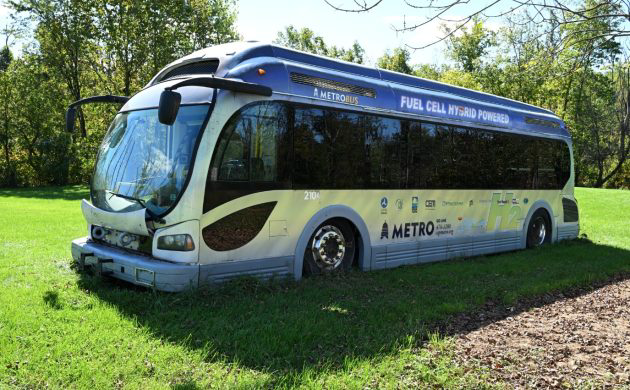
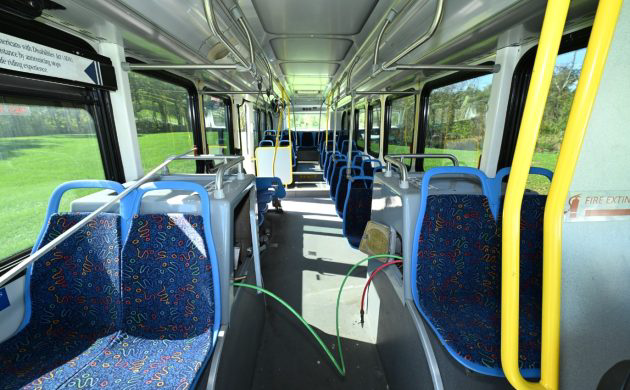
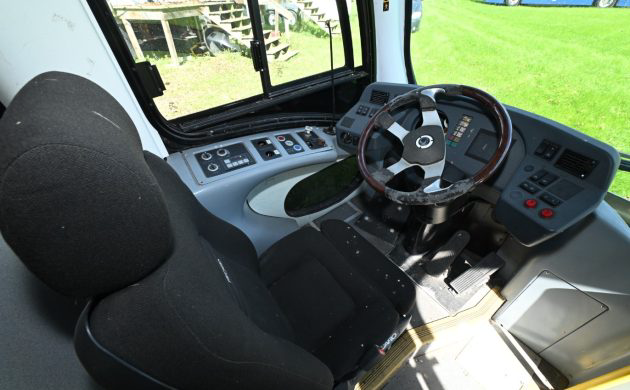
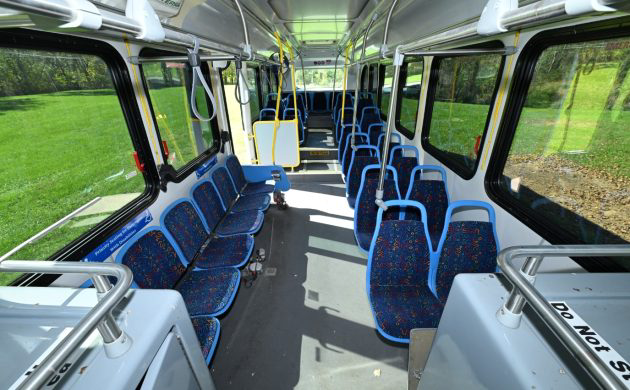
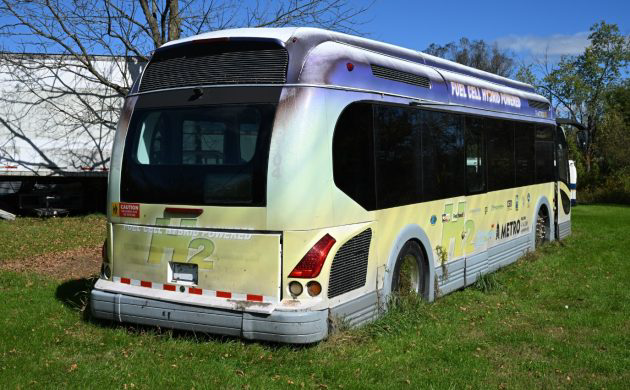
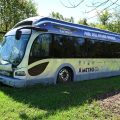
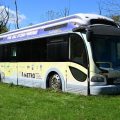
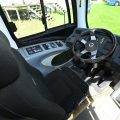
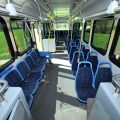

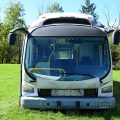
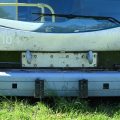
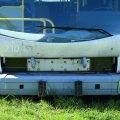
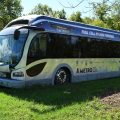
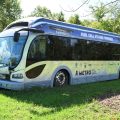
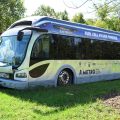



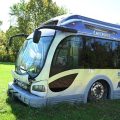
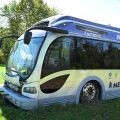

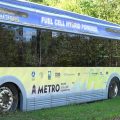
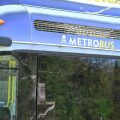
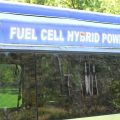
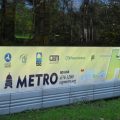

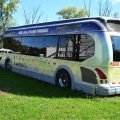
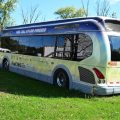
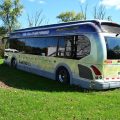




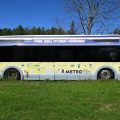

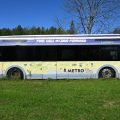
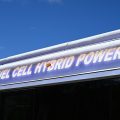


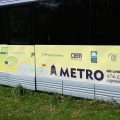

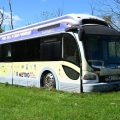
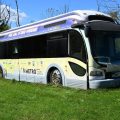


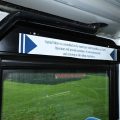

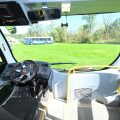
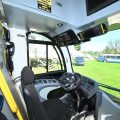
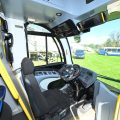

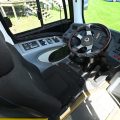
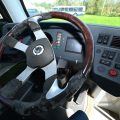

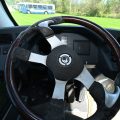

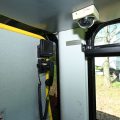
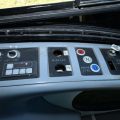
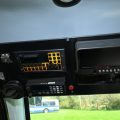
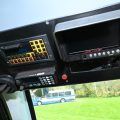
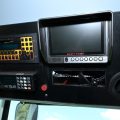
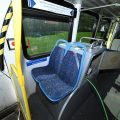

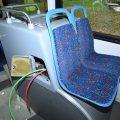

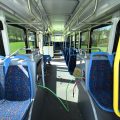
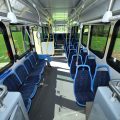
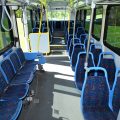



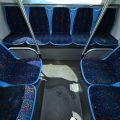


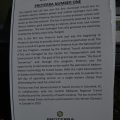

No info on operational state? Seems like that would be important to prospective buyers.
Owner here.
Purchased it from a museum where it was on display so no information on the operational state unfortunately.
I wish I knew more.
I wonder if the suspension pumps up, seems like if it runs they should have included a pic of it at ride height.
Makes you wonder what happened to these buses since 2010.
Makes you ask the question “ Who Killed the Electric Bus” hummmm.?
these were produced 2010 -2014
gen2 called catalyst was produced from 2014-2020
gen 3 called xz5 is 2020 to current.
pretty impressive this 1st gen was
Yeah, these buses went for $600K – 900K initially.
I’ve played and worked on plenty of wonderful racing sailboats built in the same cold-molded resin-impregnated wood and it is a great technology for saving weight while increasing performance. WEST System.
But agree – would be kinda important to know if this runs…
Yeah, I wish I knew.
It’s being sold as is since I purchased the bus on a whim (half asleep) from the museum and have no idea what to do with it 😂
I remember seeing a review/inspection report about the bus posted somewhere online.
Dude I really hope you didn’t pay much for it. This is probably the world’s largest paperweight.
The manufacturer went belly up last year leaving at least one Canadian transit system in a bad way. The electric buses sit unused with no parts available for repairs. Needless to say taxpayers and the city council is not impressed.
Maybe the move is to buy it for parts to sell to these cities? ;-)
It was a strange deal with Proterra. They had a solid order book, decent history and capable employees and then from one day to another the owners decided to throw in the towel. The company was split in two and Volvo bought the battery business. A small West Coast business Phoenix bought the bus manufacturing business for a pittance but hasn’t seemed to be able to get anything going again.
Yeah, it’s a weird little history. They did seem to have everything going for them. I wonder if the best use of this bus is as an Airbnb Skoolie in Hershey near the park.
You sold this bus for $200?
Well, it’s about as opposite a Detroit powered PD-4501 Scenicruiser could be, but still has the same concept, move the people. I’m sorry, though, anything with Balsa wood components reminds me of those crappy wood planes we used to buy for a quarter. I just can’t get a grip that something that cost, how much? $600-900 grand, and now basically reduced to a storage shed, no wonder this world is so ba-kocked.
Public transportation is the dream of environmentalists and wannabe totalitarians worldwide. Never gonna take hold in a country with vast territory except in a few overly crowded cities where only the bravest will dare to ride a bus with the crazies of the world. In most American cities you still need a car to get from home to the bus stop and then at your destination you still face a long walk in cold, rain or blazing heat to get to the office.
Amen!
Remember this when you’re stuck in traffic because theres no public transit, or when you’re ready to give er the beans and get stopped by traffic.
Great idea for 15 minute city dwellers wich i am not a part of or a supporter
You can’t even scrap it for weight !
Makes me wonder if the person who bid $200 is sweating being the high bid at the end.
My question is, if it runs on hydrogen/electric, how do you fill the hydrogen tank? That’s not exactly something you pick at the corner filling station! Or, am I missing something?
Maybe, take the hydrogen tank out… and put in a generator? I don’t know… it sounds like complexity well beyond my pay grade!
As the bus was electric drive, it would seem to me that this is the perfect project for Edison Motors (Canada), as they already convert Diesel Trucks into Diesel Generator/BatteryElectric (Traction) Drive, using a Gen-set and a battery bank.
While not completely emissions free, the Gen-set cycles on and off as needed. With the gen-set’s Diesel running at a constant RPM, it creates very few emissions after start up and the initial acceleration loading of the generator. Vehicle acceleration is helped by a battery pack, charged by the Gen-set and regenerative braking.
This type of Diesel Generator/Electric Drive has been successfully used for over a century in Diesel-Electric Locomotives and Diesel/Battery-Electric Submarines.
If you wanted to eliminate even more maintenance, the use of a Micro-Turbine Gen-set that has air cooled sleeve bearings, could eliminate the cooling and lubrication systems that come with the diesel engine. The turbine is exchanged for a new one when the bearings are worn past ‘runout’ limit specifications.
I may or may not have been one of the engineers that designed this bus 😬
BTW, this is a fuel cell bus powered by hydrogen gas that recharges the battery.
This was a “gen 1”, and there were 2 built. The sister to this bus was run by the US Army.
The “gen 2” is still out there, somewhere.
Are the fuel cells still in it?
For a fraction of the cost, you can convert a diesel powered bus to run on compressed natural gas or propane, and have a virtually zero emissions vehicle.
It’s no wonder this didn’t prototype wasn’t mass produced.
bring on the EV conversion !
every lill town or city could convert to this while waiting for the auto-motive infastructure to turn electric (charge station/wiring build-out; homes, parking garages, school / city bus yards). / + /
Converting current busses to lpg would B so cheep/gearing up mechanic staff.
The biggest expense? tank placement. I do not know what sz tank would B needed for a 1/2 day shift (or fill-up time between runs) but the solution might be the only thing to spend $/time on w/this idea…
We can have a cleaner system NOW.
No need to wait for expensive ele busses to B built (re-train mechanic staff) off shore (or on plez make it “on”).
Maybe it’s a good start for an Skoolie Airbnb near Hershey?
https://www.businessinsider.com/i-bought-old-school-bus-turned-it-into-skoolie-airbnb-2022-12
Maybe a good start for an Airbnb is real estate? Even when bought on a whim it’s often profitable. This bus? Not so much.
yeahbut, yeabud…
location, location, no?
Hafta be some weirdos wanna airbnb here…
When the battery runs out, Im going to keep it plugged in like my laptop all through town.
I’ve got a extra 8-71 Detroit reverse rotation laying around,…..hmmm, and they call it a “HOT ROD”
Amazing, simply amazing. “Bought it on a whim” and know nothing about it? That must have been one hell of a “whim”, (perhaps some outside chemical influences?)
Lol. Not sayin’
How can you not know if you were an engineer on this bus?? Or was it developed with such Manhattan Project secrecy that no one knew what they were doing at all??
Maybe was drunk when designing this thing?
Composite construction rules out scrap metal value.
Tempting but $500 fee + $200 bid is $700 + the cost of a lowboy to move it to vermont. Would like to have it though, but no pictures of the rear compartment.
Someone bought it for $200 , would like to know what his plan is …